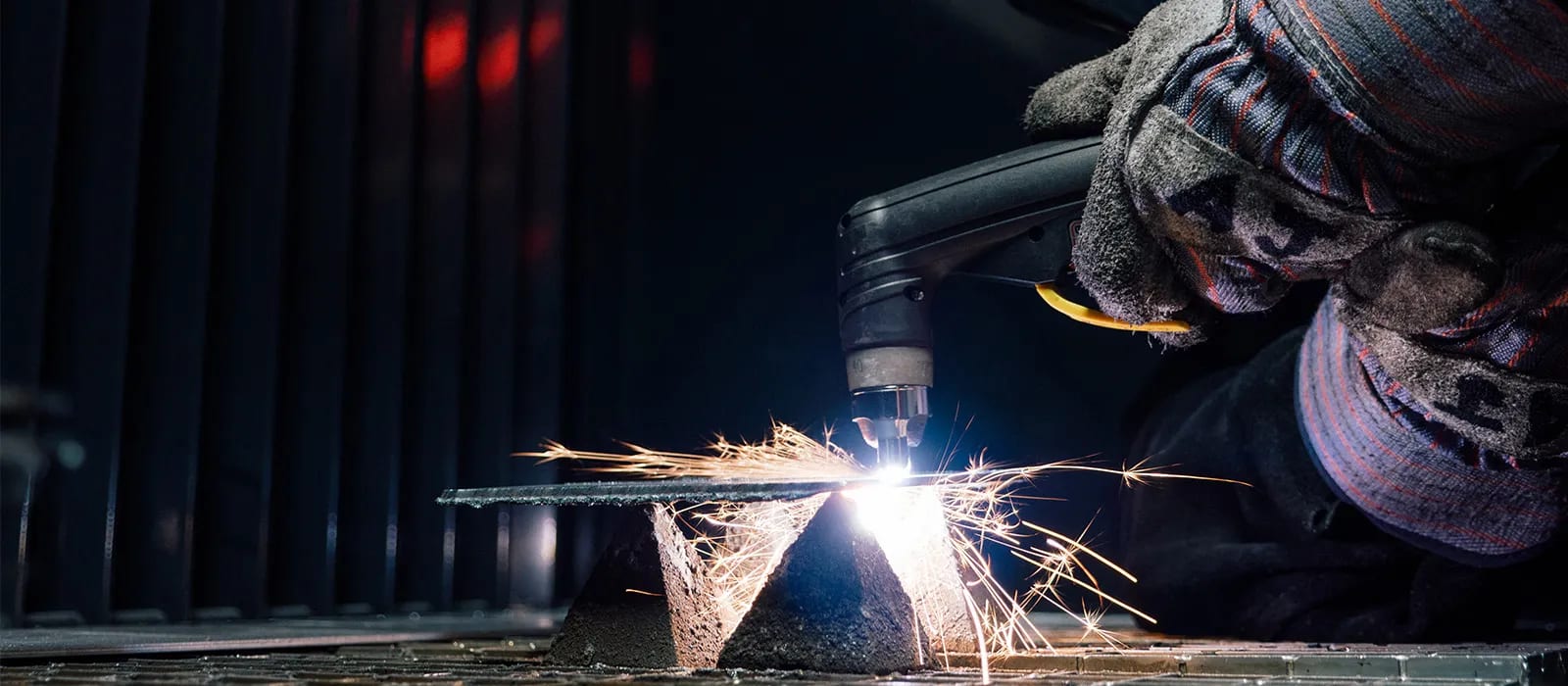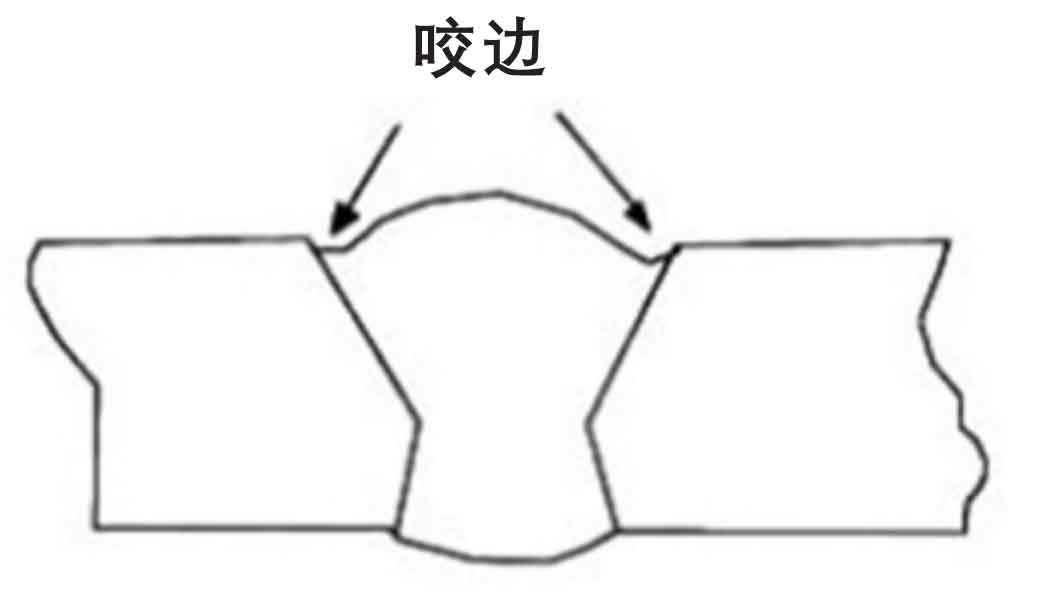Grasping the Art of Welding: Just How to Prevent Undercut Welding Issues for Flawless Construction Outcomes
Effectiveness and precision are vital worldwide of welding, where also the least flaw can compromise the architectural integrity of a produced item. One usual challenge that welders face is damaging, a problem that can lead and compromise a weld joint to expensive rework. By understanding the origin of undercut welding and implementing effective strategies to avoid it, welders can elevate their craft to brand-new degrees of quality (Preventing weld undercut). In the quest of perfect construction outcomes, understanding the art of welding to prevent undercut issues is not just an ability but a necessity for those aiming for excellence in their job.
Understanding Undercut Welding

To avoid undercut welding, welders ought to make sure appropriate welding criteria, such as adjusting the present, voltage, travel speed, and preserving the right electrode angle. By comprehending the causes of undercut welding and executing preventive steps, welders can accomplish premium, structurally sound welds.
Reasons of Undercut in Welding
Understanding the factors that add to damage in welding is crucial for welders to generate top quality, structurally sound welds. When the weld metal does not appropriately fill up the groove developed between the base steel and the formerly deposited weld metal, undercutting takes place. Numerous aspects can result in undercut in welding. One common cause is excessive warmth input. Welding at heats for prolonged periods can cause the base steel thawing even more than wanted, causing damage. Poor welding inaccurate or current welding speed can additionally add to undercut. Not enough current might not provide adequate warm to melt the base and filler steels effectively, while extreme rate can stop proper blend, causing undercut. In addition, incorrect electrode angles or incorrect torch adjustment methods can create areas of reduced weld metal deposition, advertising undercut. Comprehending these reasons and executing correct welding methods can aid avoid damaging issues, making certain durable and solid welds.
Strategies to avoid Undercutting

To minimize the risk of undercutting in welding, welders can utilize calculated welding strategies targeted at enhancing the quality and stability of the weld joints. One efficient technique is to readjust the welding criteria, such as voltage, existing, and take a trip rate, to ensure proper heat input and deposition. Maintaining a suitable electrode angle and guaranteeing constant travel speed can likewise assist stop undercut. Furthermore, making use of the right welding method for the certain joint arrangement, such as weave or stringer grains, can add to minimizing undercutting. Preventing weld undercut.
Employing back-step welding strategies and managing the weld grain account can likewise aid disperse warmth evenly and decrease the danger of undercut. Normal examination of the weld go to this site joint during find out here now and after welding, as well as applying high quality assurance measures, can aid in spotting and addressing undercutting concerns immediately.
Significance of Correct Welding Parameters
Picking and keeping ideal welding criteria is necessary for attaining effective welds with very little problems. Welding parameters describe variables such as voltage, present, travel rate, electrode angle, and protecting gas circulation rate that straight affect the welding procedure. These parameters have to be very carefully changed based on the kind of material being bonded, its density, and the welding strategy employed.
Appropriate welding criteria make certain the correct amount of heat is used to thaw the base steels and filler product uniformly. If the parameters are set too expensive, it can result in excessive heat input, causing distortion, burn-through, or spatter. On the other hand, if the criteria are also reduced, insufficient combination, lack of penetration, or undercutting might take place.
Quality Control in Welding Workflow

Verdict
Finally, grasping the art of welding requires a detailed understanding of undercut welding, its reasons, and techniques to stop it. By making sure appropriate welding parameters and carrying out high quality guarantee methods, flawless manufacture results can be attained. It is vital for welders to regularly make every effort for excellence in their welding procedures to prevent undercut concerns and create high-quality welds.
Undercut welding, a typical defect in welding procedures, occurs when the weld steel doesn't appropriately fill the groove and leaves a groove or anxiety along the welded joint.To stop undercut welding, welders should make sure correct welding parameters, such as readjusting the current, voltage, travel rate, and maintaining the right electrode angle. Poor welding current or wrong welding rate can likewise contribute to undercut.To minimize the risk of damaging in welding, welders can use strategic welding strategies intended at enhancing the quality and stability of the weld joints.In final thought, grasping the art of welding requires a comprehensive understanding of undercut welding, its reasons, and strategies to stop it.